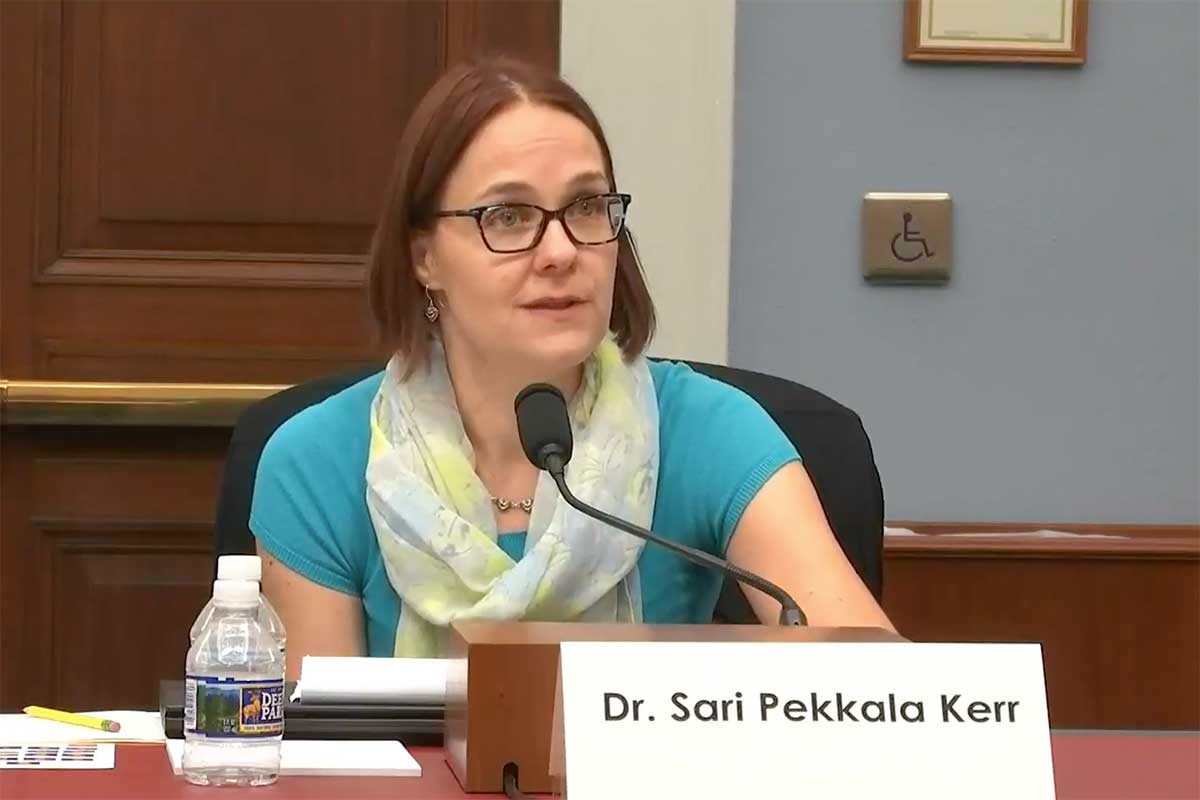This project examined the role of firms in shaping high-skilled immigration to the United States. In particular, the researchers used the combined employer-employee data of the most prominent U.S. high tech firms to evaluate the extent to which foreign-born science and engineering workers are employed, and how the workforce composition is affected by the inflows of immigrant scientists.
Working with co-principal investigator, William Kerr, Ph.D., associate professor at Harvard Business School, Sari Pekkala Kerr, Ph.D., led this project to examine the role of firms in shaping high-skilled immigration to the United States. The investigators sought to understand how high-tech firms utilize immigrant scientists and engineers relative to comparable native workers and to determine what effects this has on the careers of aging workers in the U.S. The study used immigration theory to characterize the role of firms and offer guidance on the econometric techniques required to evaluate immigration in a firm context. Utilizing micro-level data sets from the U.S. Census Bureau along with information on U.S. patents granted to firms, the investigators created a unique data platform for this study. The study examined whether immigration could be a factor in the lagging wage growth of the high-tech sector over the past two decades. Additionally, the project tested the suggested link between immigration and age discrimination, as proposed by some opponents of the H-1B visa program.



